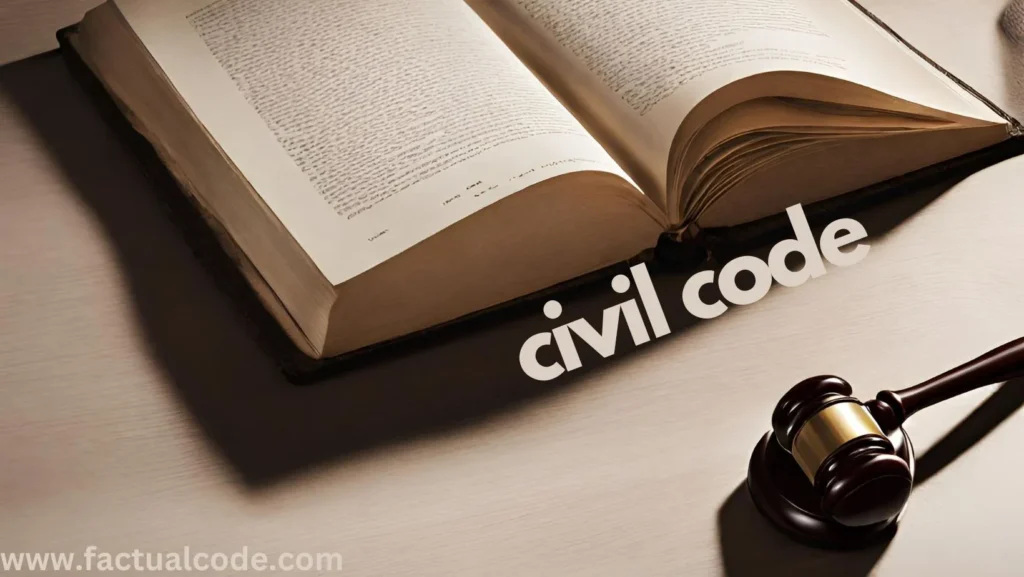1. Introduction
The Doctrine of Merger is a legal idea created by judges. It means that when a lower court’s decision is taken to a higher court and the higher court gives its own judgment—whether it agrees, changes, or cancels the lower court’s decision—the lower court’s order becomes part of the higher court’s order. After that, only the higher court’s order is effective and can be enforced.
2. Purpose of the Doctrine
Respect for Higher Courts – It shows the importance of appellate (appeal) and revisional courts.
Avoiding Confusion – Prevents two different decisions on the same issue from being active at the same time.
Clarity in Enforcement – Ensures that people follow only the final decision of the higher court.
3. When It Applies
Even though it’s not written in law, the doctrine applies when:
A higher court with proper authority hears the case;
The higher court decides the case on the merits after careful thought; and
The higher court has jurisdiction (legal power) over the subject of the dispute.
4. Key Court Decisions
| Case | Important Point |
|---|---|
| CIT v. Amritlal Bhogilal & Co. (1958) | When an appeal is decided, the lower authority’s order merges with the appellate order. |
| Gojer Bros. v. Ratan Lal Singh (1974) | Merger happens whether the higher court agrees, changes, or cancels the lower court’s decision. |
| Kunhayammed v. State of Kerala (2000) | Merger is a judge-made rule, not a written law. If a Special Leave Petition (SLP) is rejected without reasons, no merger. |
| A.V. Papayya Sastry v. Govt. of A.P. (2007) | A decision based on fraud is invalid and cannot merge. |
| Vishnu Vardhan v. State of U.P. (2025) | Confirmed that fraudulent orders cannot gain finality through merger. |
5. Where It Is Used
Appeals – Works in first and second appeals where the higher court decides the case fully.
Revisions/Reviews – Applies when a higher court reviews a case and gives a reasoned decision.
Administrative Orders – Also used in cases like tax matters where appeal bodies exist.
6. Limits and Exceptions
No Right to Appeal – If there is no right to appeal, the lower court’s order stays as it is.
Quick Dismissals – If an appeal is dismissed for delay, default, or without reasons, merger does not happen.
Extra Comments – Notes or observations by the lower court on points not appealed remain in effect.
Fraud or Misrepresentation – Any order obtained by fraud is void from the start and can never merge.
7. Effect of Merger
Execution – Only the higher court’s decision can be enforced.
Limitation Period – The time for enforcement counts from the higher court’s decision.
Res Judicata – For future cases, the decision of the higher court is the final one.
8. Conclusion
The Doctrine of Merger keeps the court system clear and orderly by making sure there is only one final, enforceable decision. It supports the authority of higher courts and avoids conflicting judgments. However, it does not apply when appeals are dismissed without proper reasons or when fraud is involved. Even though it is not a written law, the Supreme Court has firmly established this doctrine in Indian legal practice.
Exam Tip: Start with the definition, explain why it exists, mention at least three main cases (Amritlal Bhogilal, Gojer Bros., Kunhayammed), describe the exceptions (especially fraud), and end with its importance in ensuring finality of decisions.

